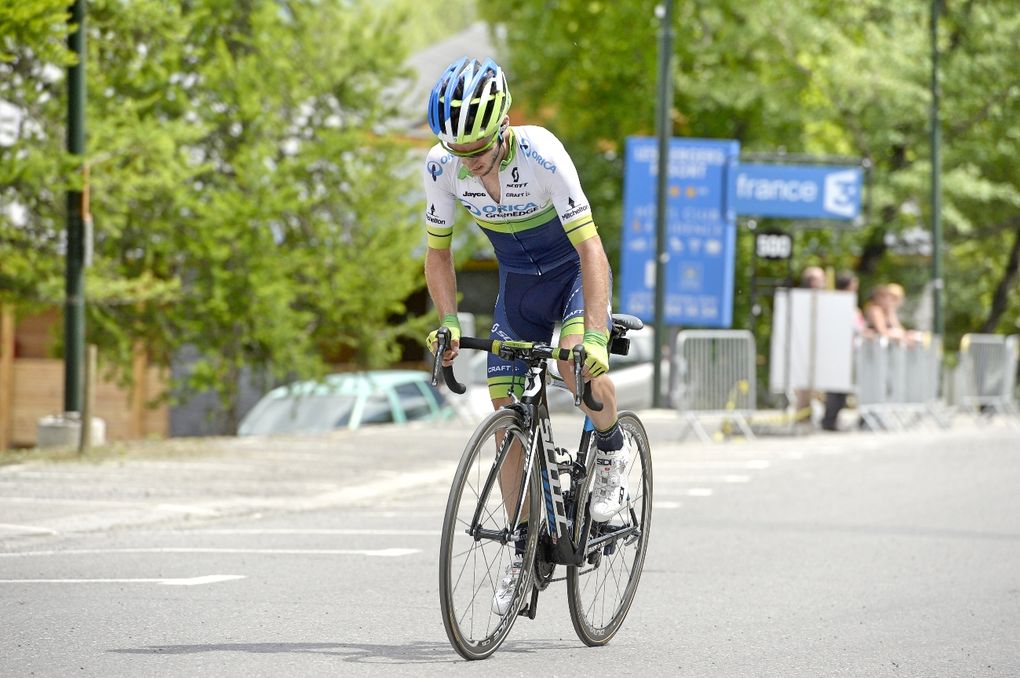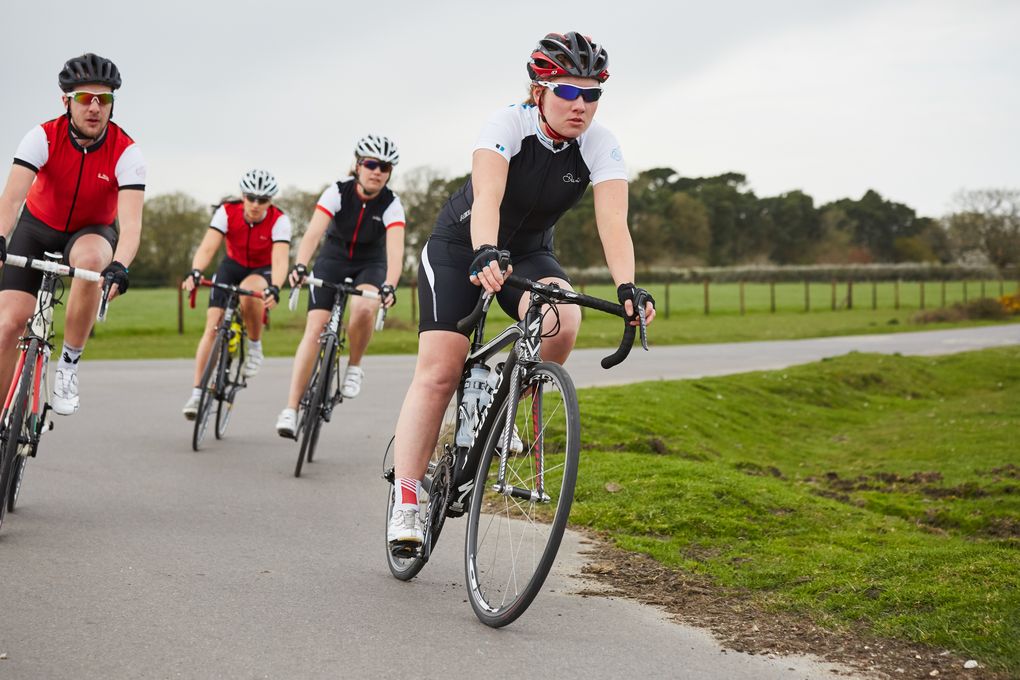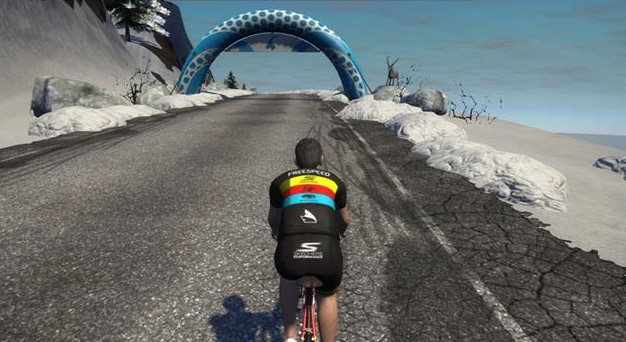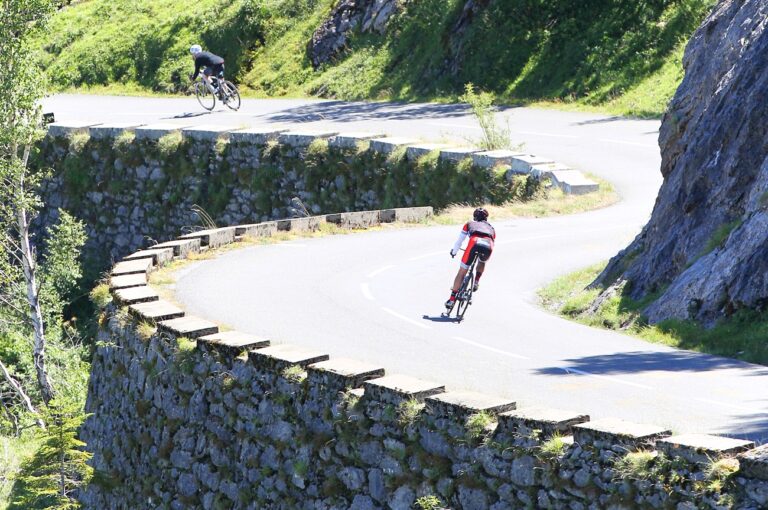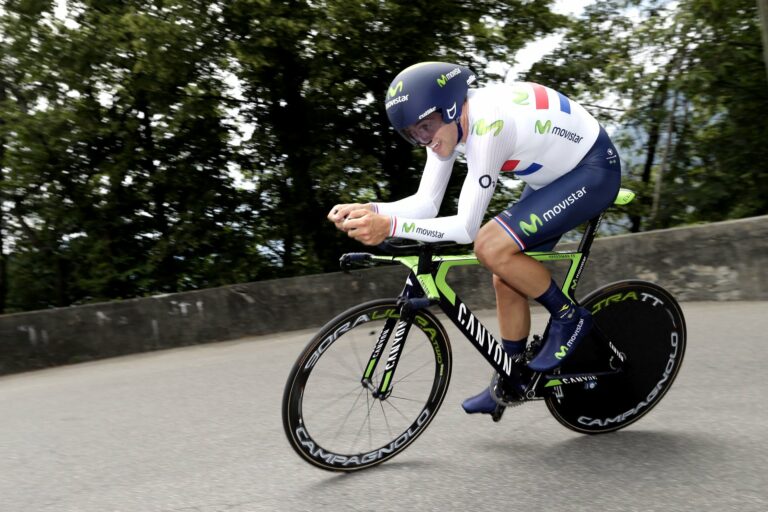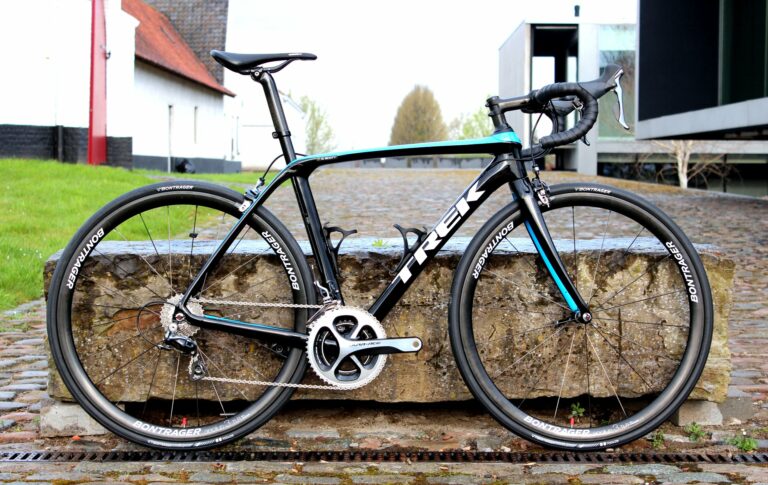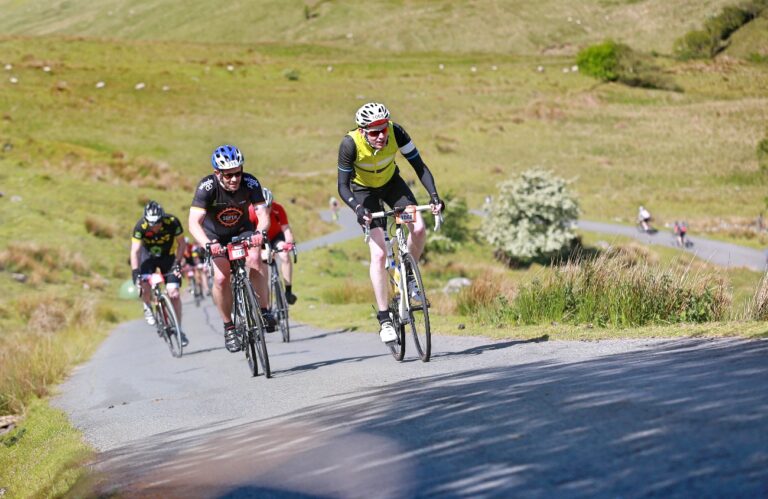Every cyclist wants to become a better climber; have you ever heard a single rider say, “If only I went uphill a little slower?”
If you live in a hilly area the solution is relatively simple – get out and climb those hills. Of course, it’s not as easy as that, but if you live near climbs, you’re able to train specifically on the type of terrain on which you want to improve.
This, however, isn’t an option for all of us: what if you live in an area where there aren’t any hills but still want to improve your climbing, whether that’s ahead of a cycling holiday, European sportive, race or just for the heck of it?
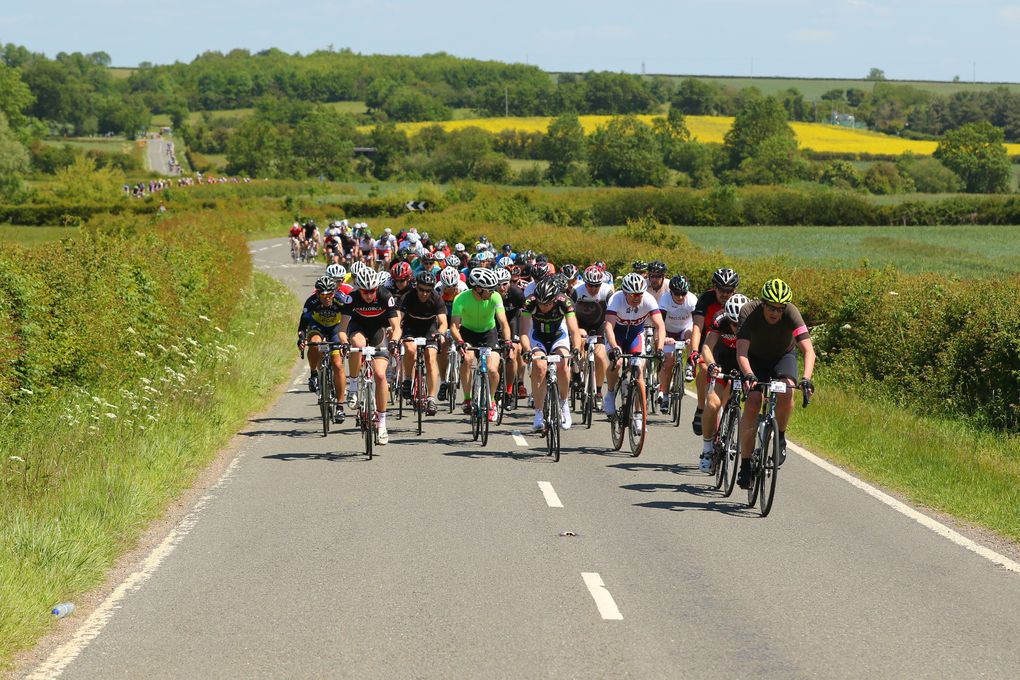
In this article we’re going to take a look at alternative training methods which will help you to become a better climber, even if you don’t have any climbs to train on.

